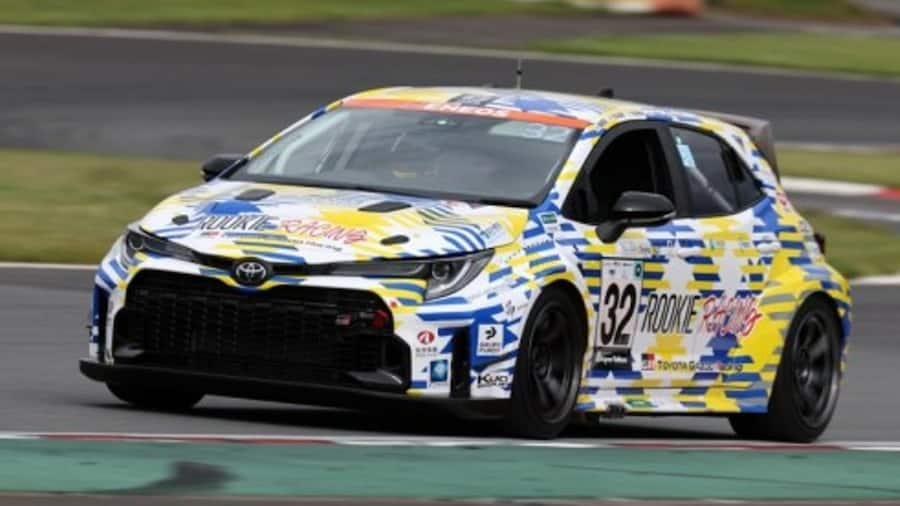

Toyota’s future cars: It’s no secret that electric vehicles or EVs aren’t exactly green. While they consume electricity, instead of fuels such as petrol and diesel, their environment friendliness straight away depends on the grid from where their power is coming from. These electric grids often use fossil fuels for producing electricity, making EVs slightly less green than they are projected to be. Then there is a whole new issue of the battery disposal. Simply put, EVs aren’t the answer to the environmental pollution that the world is looking for, at least not in their existing form. Now, Toyota is working on an alternative solution to tackle this issue.
For the unversed, Toyota has long argued that EVs aren’t the future. The company has been sluggish in adopting the EVs trend and currently it has a single pure EV car — Toyota BZ4X that is available only in the US — in its portfolio. Instead, it has placed a bigger bet on hybrid vehicles and alternate fuels such as hydrogen and biofuel ethanol. While it is developing these technologies, it is also working a solution for making ICE cars or the cars that run on petrol or diesel cleaner.
The company, as per reports, is working on special filters that can be fitted in any ICE vehicle. These filters suck carbon-di-oxide from the air as the vehicle is driven.
According to a report by Carscoops, this technology uses circular filters that can be fitted in the front of the car to capture carbon-di-oxide. Then the waste heat from the engine is used to dissolve the carbon-di-oxide in a special liquid that can be disposed of later. Toyota is currently testing this technology in its hydrogen fuel powered Corolla but it can also be used in regular engines. Theoretically, vehicles fitted with these filters would clean the air as they are driven.
This technology is still in the developmental phase and at the moment these filters only capture 20 grams of carbon-di-oxide in 20 laps of running, which is nothing compared to the amount of carbon-di-oxide that ICE vehicles emit. Apart from this, it remains uncertain as to how to dispose of the liquid containing the captured carbon-di-oxide. Additionally, during the testing, the filters needed to be changed during every pit stop, raising questions about waste disposal and practical application among the masses.
That said, if Toyota is able to develop this technology successfully, it could be a valuable innovation that help the world tackle climate change. But for now, we will keep our fingers crossed.
Get latest Tech and Auto news from Techlusive on our WhatsApp Channel, Facebook, X (Twitter), Instagram and YouTube.Author Name | Shweta Ganjoo
Select Language